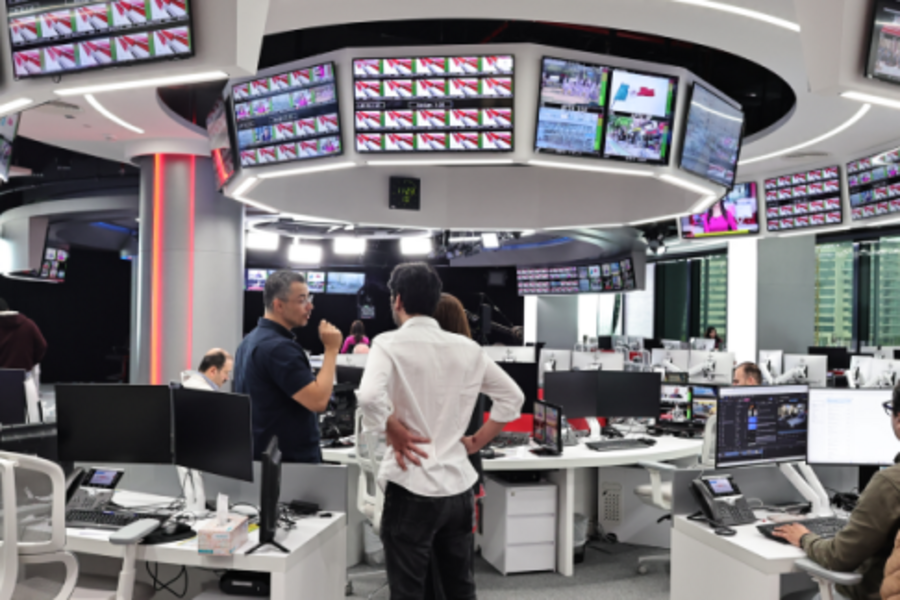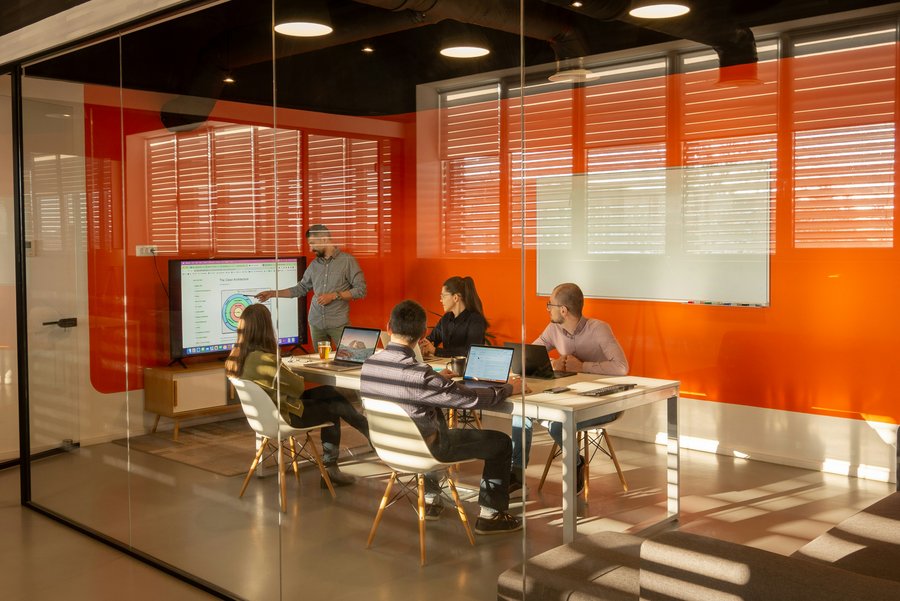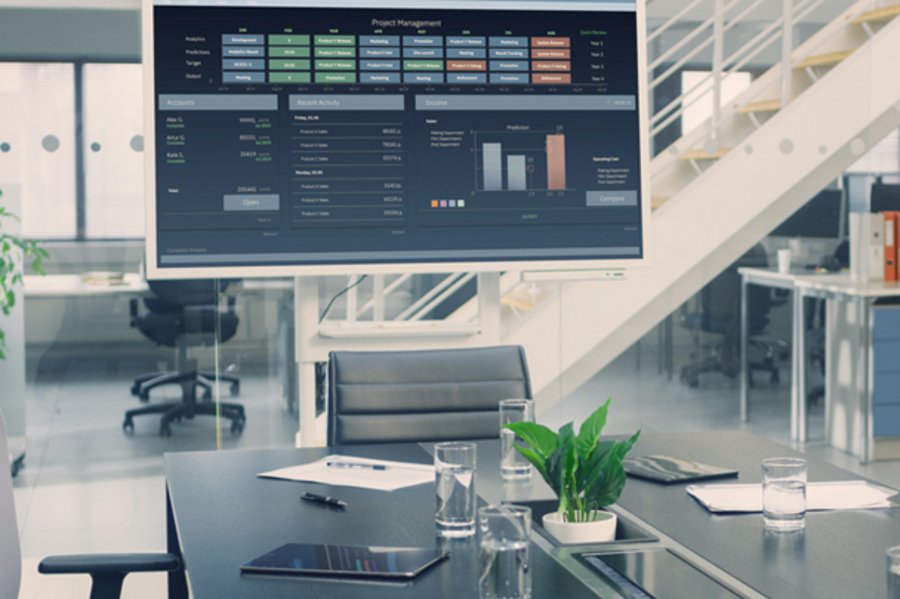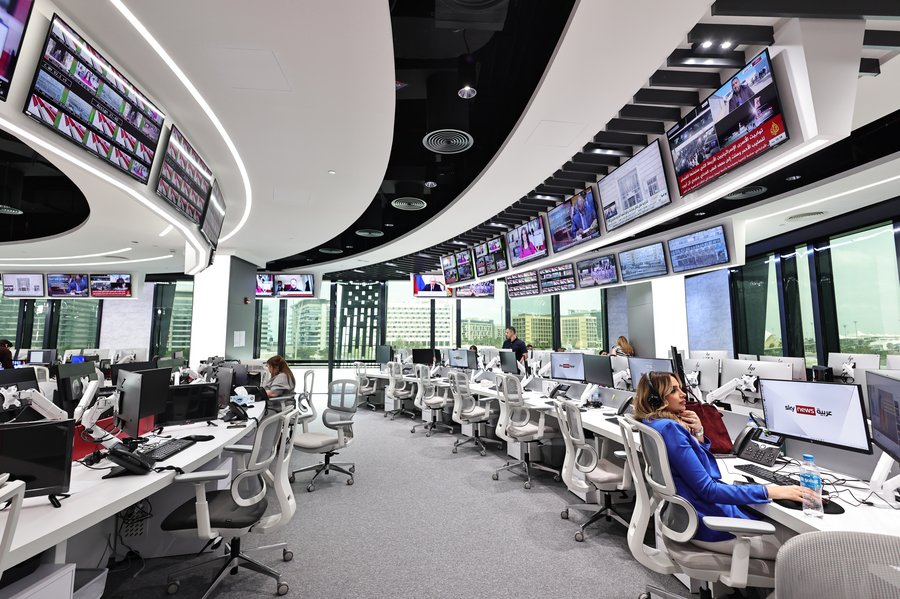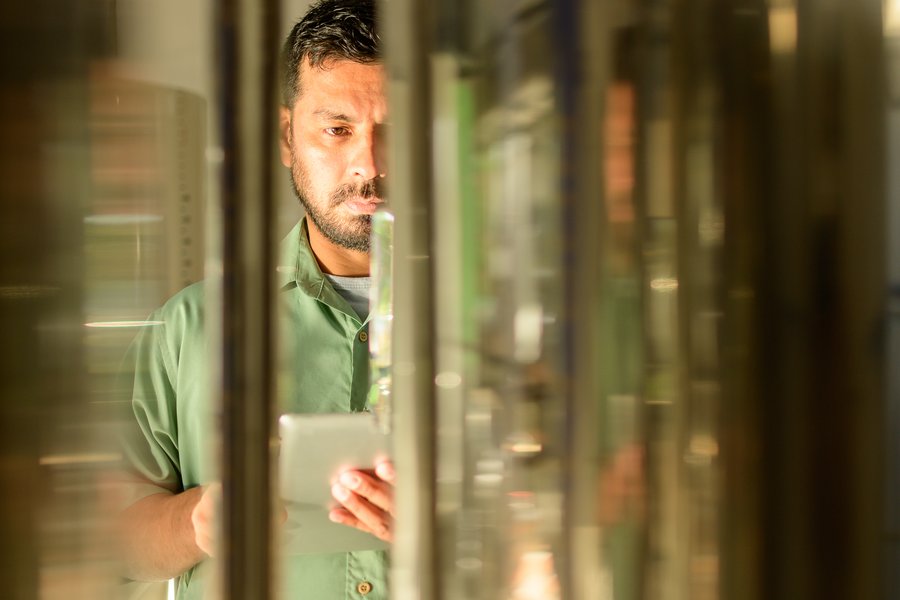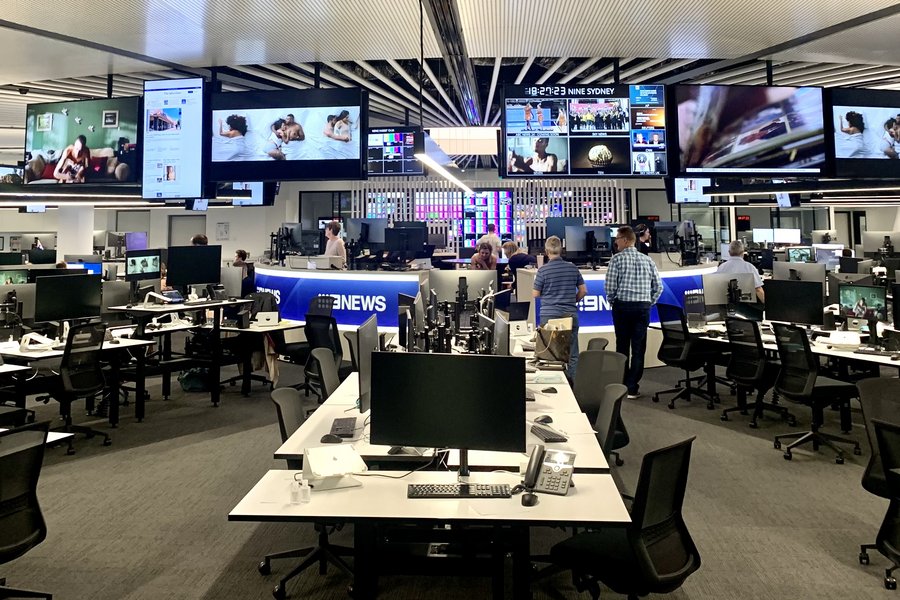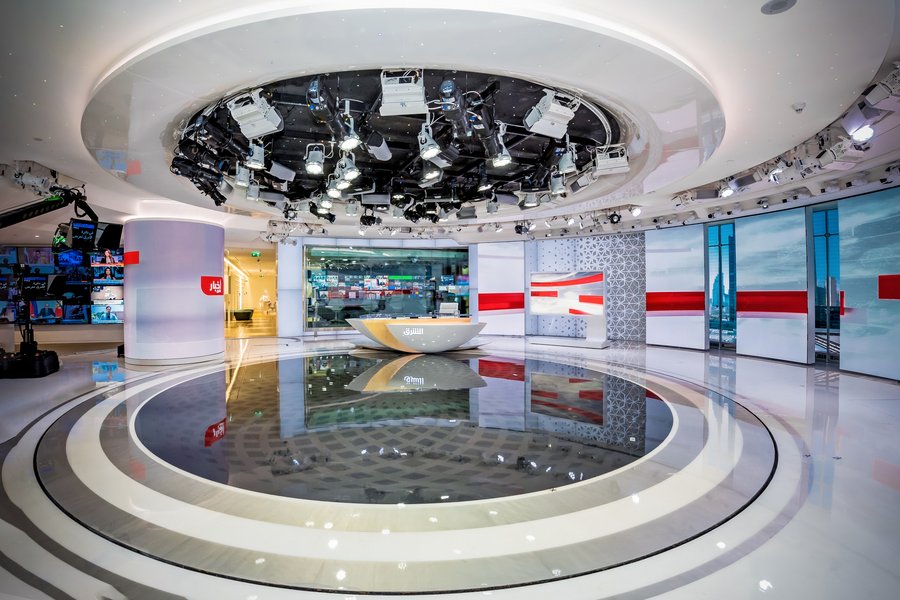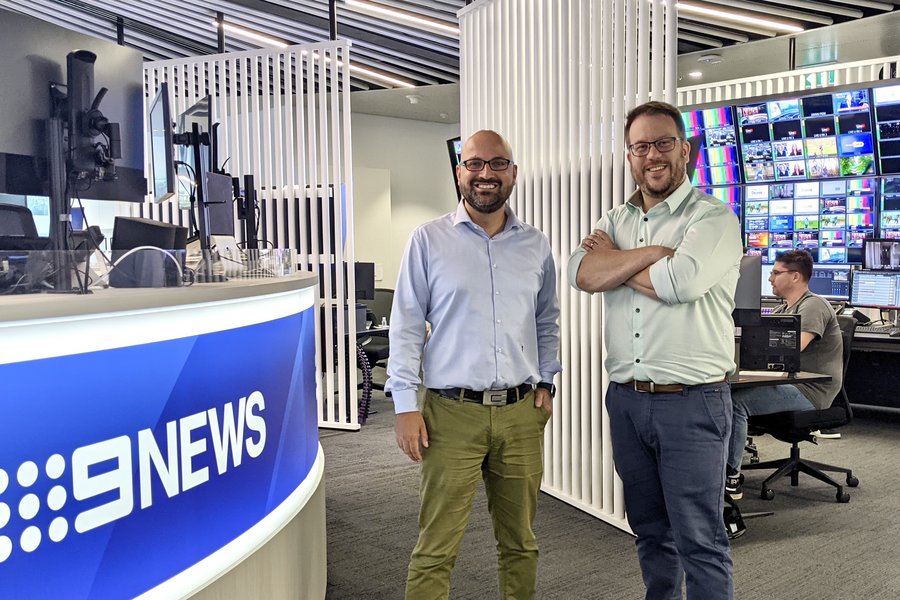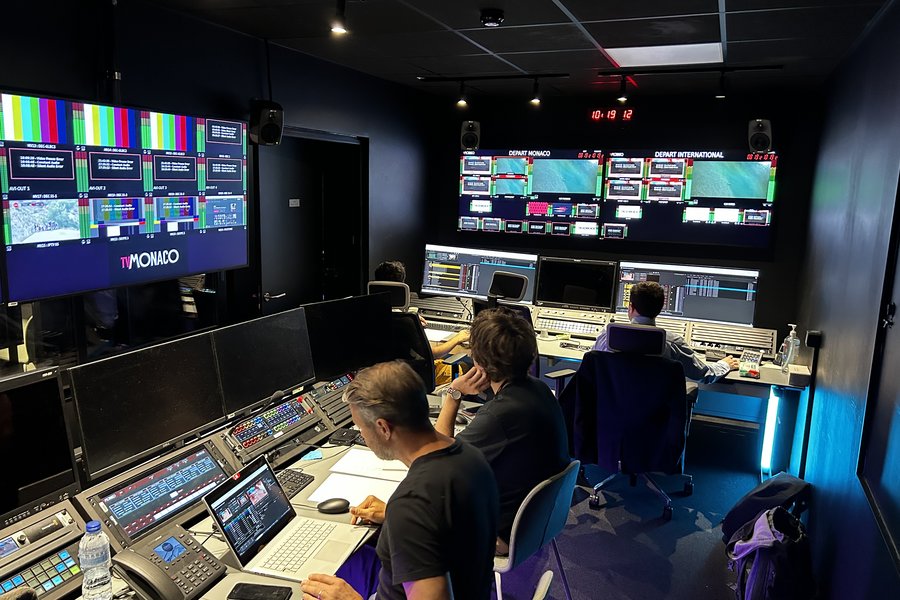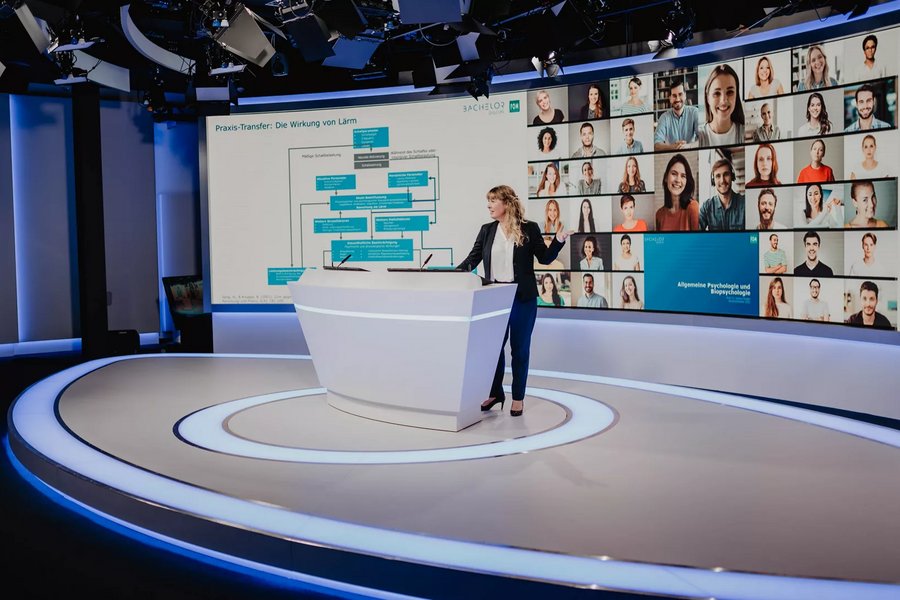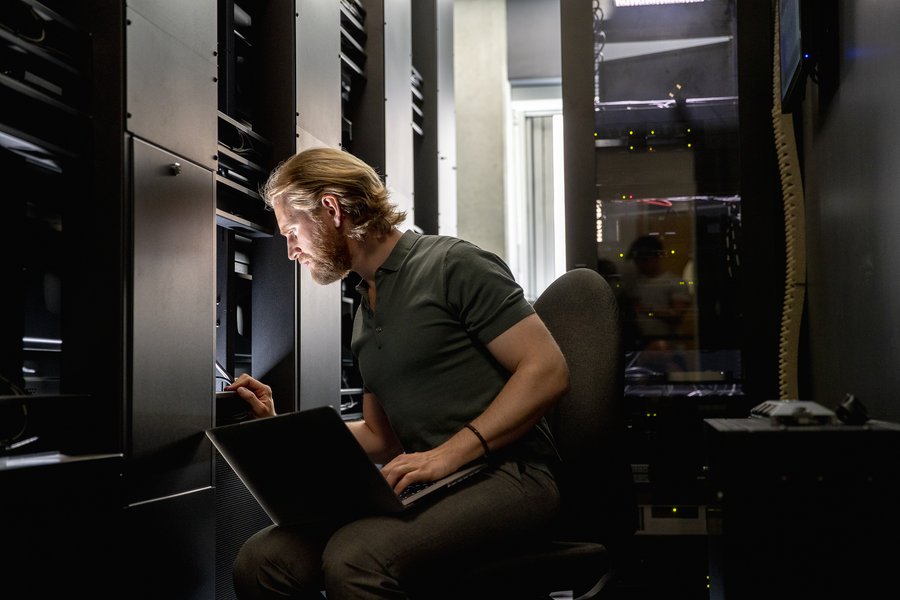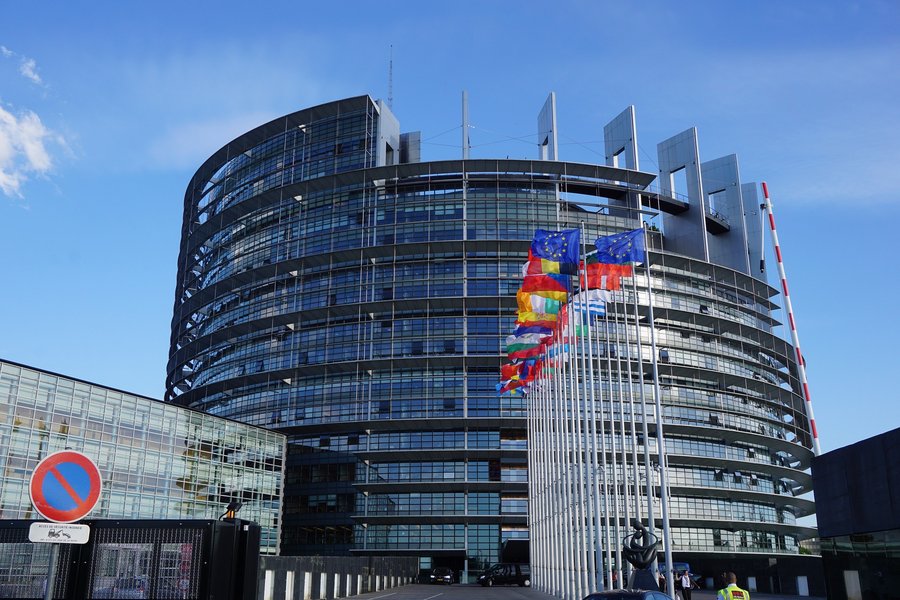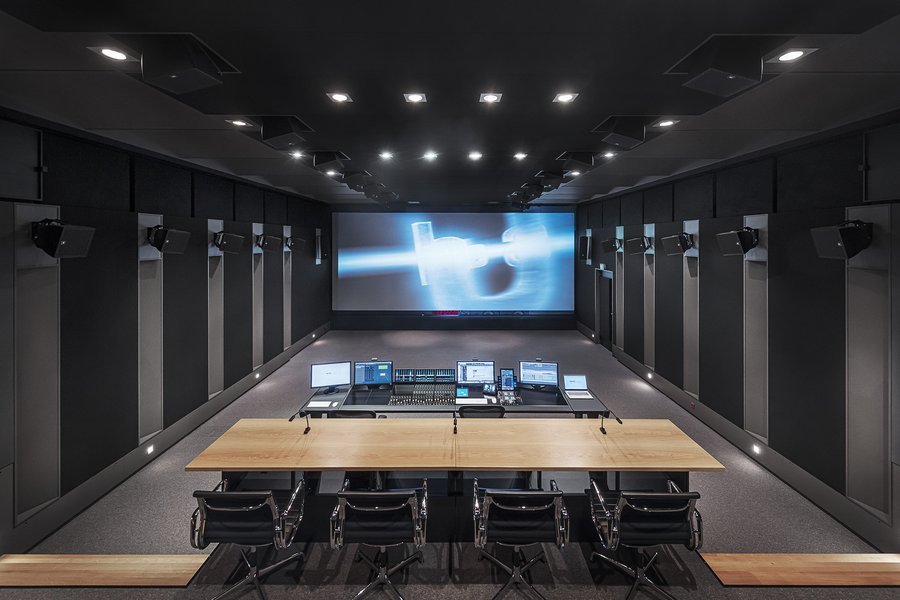Sovereign Media Cloud: Zero Trust and compliance as business enablers

Creating certainty, meeting regulatory requirements
For broadcasters and media companies, digital transformation is a central challenge. Data volumes, production speed, and regulatory requirements are steadily increasing. In this environment, it becomes clear: Security and compliance are essential prerequisites for flexible, sovereign media workflows.
There is currently no specialized Sovereign European Media Cloud, meaning a cloud tailored to the specific needs of broadcasters. This is where the topic begins: How can architecture, governance, and compliance be designed at the concept stage to meet future operational requirements while adhering to the regulatory framework?
It is not only about overcoming technical hurdles, but also about building trust among partners, clients, and regulators. Careful planning of security and compliance measures creates certainty from the outset.
1. Zero Trust: Future-oriented architecture
Modern cloud models require a security framework that meets the growing demands of distributed workflows, partner networks, and sensitive data.
Zero Trust is key: no unfounded trust assumptions, continuous verification of all access, and strict minimization of permissions.
A Zero Trust model enables broadcasters to:
-
Protect sensitive content across entire production chains
-
Integrate new partners and tools without security risks
-
Reduce risks within hyperscaler or multi-cloud environments
-
Create transparency across all access — regardless of infrastructure provider
Technical challenges include:
-
Segmenting the cloud environment by workflows, teams, and partners
-
Secure authentication mechanisms with multi-factor authentication and role-based permissions
-
Continuous monitoring of access, data movements, and interfaces
Zero Trust becomes an operational enabler that combines security, flexibility, and efficiency. Those who consider these principles early can implement later adjustments and extensions without compromising security, which is especially valuable for dynamic media workflows. Transformation and integration of legacy systems typically occur gradually and in parallel with cloud-architecture expansion.
2. Compliance by design: GDPR and audit
Compliance must not be treated as an afterthought. For a Sovereign Media Cloud, this means:
-
Role-based access controls ensuring that only authorized individuals can access content
-
Automated audit trails for transparent data flows and reporting
-
Compliance with regulatory requirements, including GDPR and the European Data Act
Integrating these principles from the beginning turns compliance into a strategic advantage. Broadcasters can build trust with partners, regulators, and employees while establishing a solid foundation for efficient workflows.
Practical approaches include:
-
Defining clear access rights per workflow or media format
-
Using monitoring tools that automatically create compliance reports
-
Establishing feedback loops to ensure continuous improvement
GDPR measures implemented in the concept phase accelerate later migration and reduce operational risk.
3. Auditing and compliance processes during transformation
Even during the concept and build phase, transparency is crucial. Continuous security reviews and process checks ensure that future workflows remain auditable during planning. Key measures include:
-
Simulating various access scenarios to identify potential risks early
-
Testing governance mechanisms, such as audit paths for media data
-
Defining monitoring standards that ensure operational security later on
Additionally, broadcasters can establish feedback loops to continuously improve the security architecture. This helps identify potential weaknesses before they become risks. Transformation becomes structured, transparent, and understandable for all stakeholders.
4. Vendor management in an emerging ecosystem
Building a Sovereign European Media Cloud requires careful partner selection. Criteria include:
-
European data centers and regulatory compliance
-
Integration into existing workflows and systems
-
Proven security and quality standards
For European broadcasters, the US CLOUD Act is also an important factor. Even when data is hosted in European regions, US-based providers can theoretically be required to provide certain information – a risk that sovereign European cloud providers structurally avoid.
The vendor market is still fragmented. Many providers address individual components, but few cover security, sovereignty, and media workflows in combination. Strategic planning enables:
-
Selective integration of proven components from existing systems
-
Building a long-term sovereign infrastructure
-
Considering future scalability and extensibility
This creates an ecosystem that combines security, regulatory compliance, and flexibility from the outset. Broadcasters benefit from clear standards and can align their transformation strategies consistently with a Sovereign European Media Cloud.
5. Practical scenarios and benefits for broadcasters
Even without finished solutions, practical approaches can already be developed:
-
Hybrid workflows: Combining on-prem infrastructures with (multi) cloud platforms
-
Partner integration: Flexibly connecting CMS, tools, or streaming platforms
-
Regulatory traceability: Automated audit trails wherever technically possible — especially in cloud-native and API-capable components
-
Interoperability: Crucial is the interoperability between existing media stacks (MAM, playout, editing, CMS), hyperscaler environments, and sovereign cloud components. Only if these systems integrate cleanly can sovereign workflows be built without new dependencies or lock-ins.
These approaches make workflows more flexible, scalable, and auditable without requiring a finished media-cloud system. Broadcasters can already test procedures, processes, and security measures to ease later migration.
6. Initiative from Qvest and STACKIT
After outlining the conceptual fundamentals, the initiative from Qvest and STACKIT provides the practical implementation perspective:
-
Objective: Build a Sovereign European Media Cloud for broadcasters
-
Qspaces: Managed services support migration, integration, and operations to operationalize security and compliance from the start
-
Focus on Zero Trust, compliance by design, auditing, and vendor management
Through this initiative, broadcasters and technology partners can become active contributors to the emerging cloud ecosystem and help shape standards, processes, and security mechanisms early on. The combination of consulting, infrastructure, and managed services enables flexible, secure, and compliant media workflows.
7. Security and compliance as business enablers
Consistently implementing security and compliance principles has impact on multiple levels:
-
Trust: Clients and partners know data is protected
-
Flexibility: Workflows can be adapted without compromising security standards
-
Efficiency: Standardized processes reduce risks and effort
-
Market advantage: Companies implementing compliance by design differentiate themselves early
Broad security and compliance architectures enable broadcasters to implement innovative workflows more quickly because the necessary foundations are already embedded. Security and compliance thus become true business enablers, not just regulatory obligations.
Conclusion
A Sovereign European Media Cloud is more than a strategic goal – it is an instrument for ensuring data sovereignty, regulatory security, and operational excellence. The initiative from Qvest and STACKIT demonstrates that security and compliance must be integral from the beginning. Broadcasters that align with these principles early lay the foundation for flexible, secure, and sovereign media workflows.
The next step: actively shaping the European media cloud together with Qvest and STACKIT. Set benchmarks for tomorrow’s media landscape, secure your data sovereignty, and create the basis for regulatory and operational excellence.

